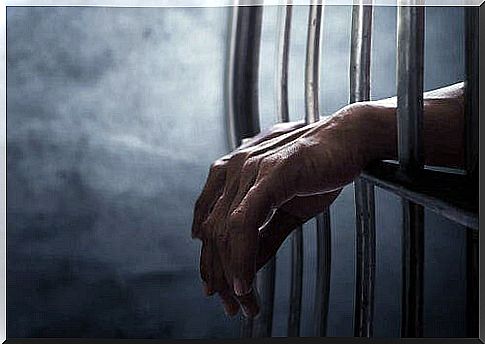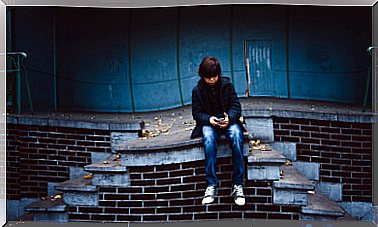What Exactly Is The Function Of Bail?

The main purpose of bail is to ensure that the accused is checked through a specific legal process. The suspect is checked in such a way that it can be assessed at a later date whether or not he has met the conditions.
We can define bail as somewhere between total freedom and imprisonment. Lawyers understand this concept as a personal precaution. It is also important to keep in mind that bail is always conditional on the acceptance of certain obligations.

Why does someone get bail?
As we have already mentioned, bail is a precautionary measure. A judge imposes it when he is reasonably certain that the suspect committed the crime in question.
To keep an eye on the suspect before the trial, and even during the trial, the judge applies measures such as pre-trial detention or detention. There is often a significant restriction on the freedom of the suspect and his freedom of movement.
However, it is not always necessary to impose such strict measures. If the judge is of the opinion that the suspect is unlikely to flee, he will agree on other measures. They also do this to avoid other unnecessarily expensive options, such as pre-trial detention.
The judge will make a decision based on the specific situation. For example, foreign detainees are unlikely to get bail. This is mainly because the risk of them absconding is greater.
The legal aspects and purpose of bail
The legal framework of the bail may vary from country to country, but usually follows a similar procedure.
The main features of the bail are:
- Instrumental. This is because there is a link between the crime and the suspect and it serves as a preventive measure.
- Temporary and changeable. This is because changes can occur and alternative measures can be taken at any point in the process.
- legal. Only judges can decide what precautions to take.
- Temporary character. This is because the bail changes or ends when the actions that led to the bail change.
The latter is especially important. After all, a judge must release the suspect if he turns out to be innocent, which means that the preventive measures are terminated.

Obligations during deposit
At the time of providing bail, the judge may demand payment or bail. A judge will decide this based on the nature and seriousness of the crime, the person’s social status and his or her background. The judge may also withhold the person’s driver’s license.
In certain situations, the suspect must appear in court periodically. This is a control measure that the judge can order. The judge decides on the frequency of these appearances.
The courts also have the power to seize the suspect’s property or objects. It is important to note that this is not a precaution in itself, although it does have a preventive purpose.









